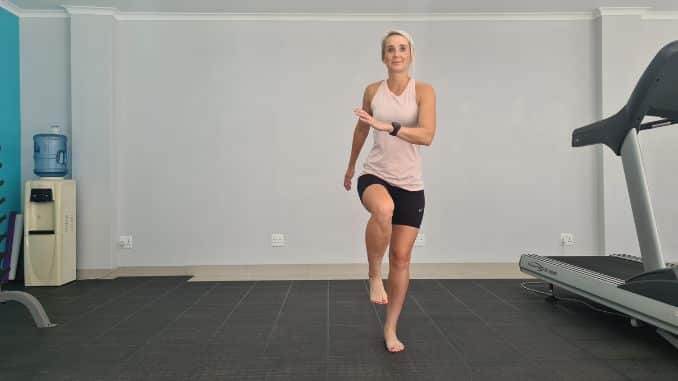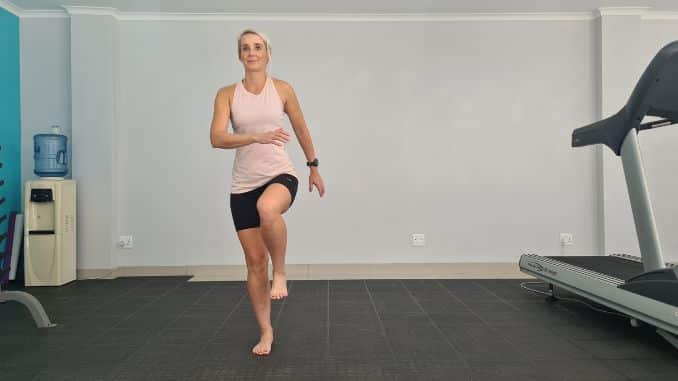
Vertigo is dizziness that creates the false sense that you or your surroundings are spinning or moving. There are two categories of vertigo: peripheral vertigo and central vertigo.
Peripheral vertigo
Peripheral vertigo is the most common type of vertigo. It occurs as a result of a problem in the inner ear or the vestibular nerve, which controls balance.
Central vertigo
Central vertigo occurs as a result of a problem in the brain. It can be caused by a variety of different conditions, including:
- stroke
- brain tumor
- migraine
- traumatic brain injury
- infection
- multiple sclerosis
Symptoms of Vertigo
One of the most common symptoms of vertigo is dizziness, which usually worsens with head movement. It’s typically described by patients as a spinning sensation, with the room or objects around them seeming to move.
Treatment and Vertigo Balance Exercises
Treatment options for vertigo can depend on the underlying cause. Apart from medications, several exercises are used to help alleviate symptoms of vertigo. They typically involve marching in place or holding specific positions to improve balance.
1. Brandt-Daroff Exercise
This exercise is one of several exercises intended to speed up the compensation process and end the symptoms of vertigo. This exercise can help your body get used to the confusing signals that are causing your vertigo. This may help you get over your vertigo sooner.
How to do:
- Start in an upright, seated position.
- Move into the lying position on one side with your nose pointed up at about a 45-degree angle.
- Remain in this position for about 30 seconds (or until the vertigo subsides, whichever is longer).
- Then move back to the seated position.
- Repeat on the other side.
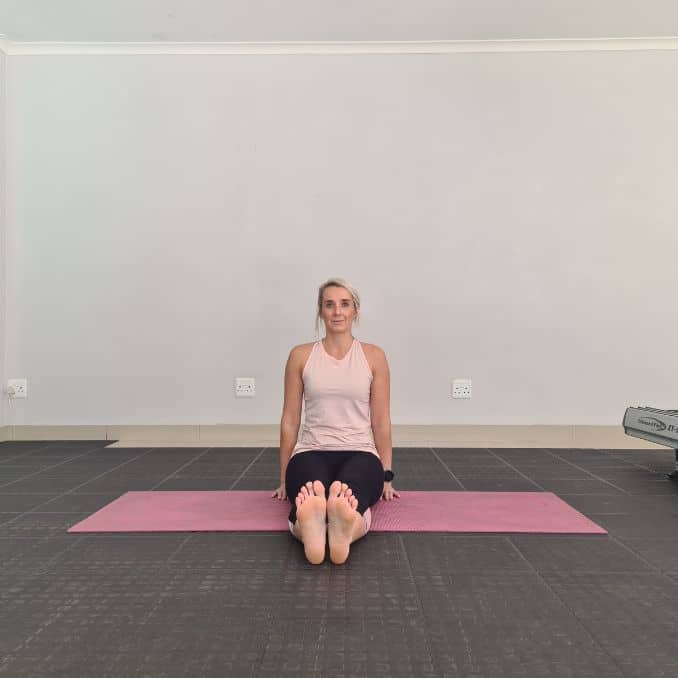 |
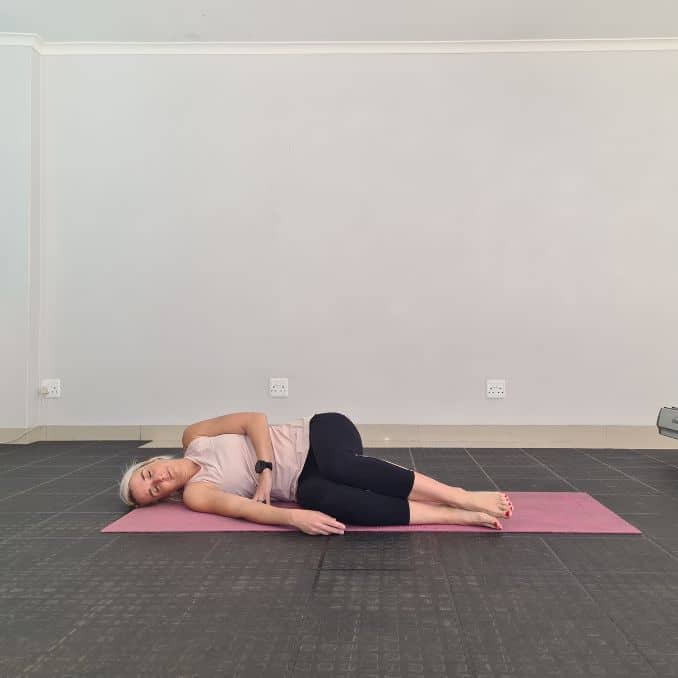 |
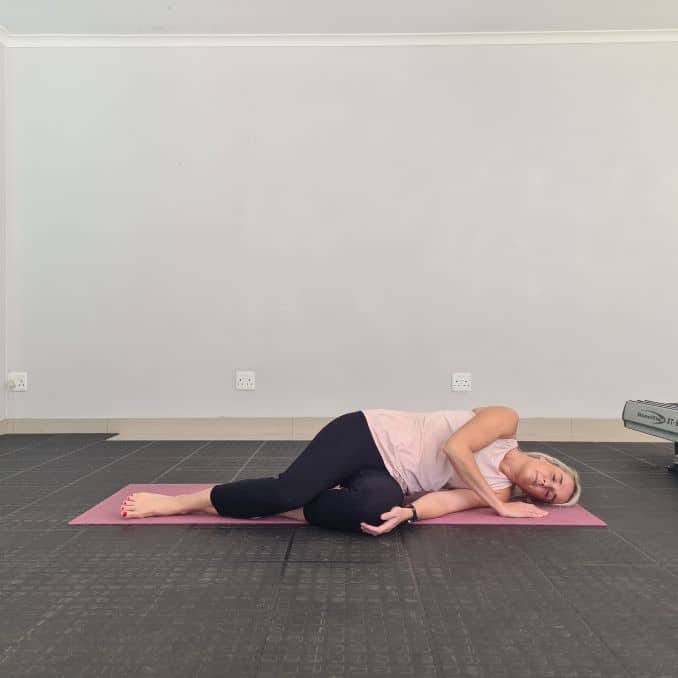 |
Exercise can help you improve and safeguard your balance. Level 1 exercises include the Romberg exercise, standing sway exercises, and marching in place. These are “beginner” exercises. Over time you may try level 2 exercises, such as turning in place and doing head movements while standing. These are harder than level 1 exercises. Your vertigo symptoms may improve within a few days to a few weeks.
With each exercise, start out slowly. Over time, you can gradually do the exercise for a longer time or do more repetitions. When you first begin, it is important to have someone with you in case you feel you are going to fall. As you progress, you can do some of the vertigo balance exercises on your own. If you are concerned about falling, always have someone with you.
2. Level 1 Vertigo Balance Exercises
These help to improve balance for vertigo. As you do them, start out slowly and gradually try to do the exercise for a longer time or do more repetitions.
A. Romberg exercise
- Stand with a chair in front of you and a wall behind you. If you begin to fall, you may use them for support.
- Put your feet together and your arms to your side.
- Move your head up and hold this position for 30 seconds.
- Then move your head down and hold this position for 30 seconds.
- Do this exercise twice a day. Try to progress to doing it with your eyes closed.
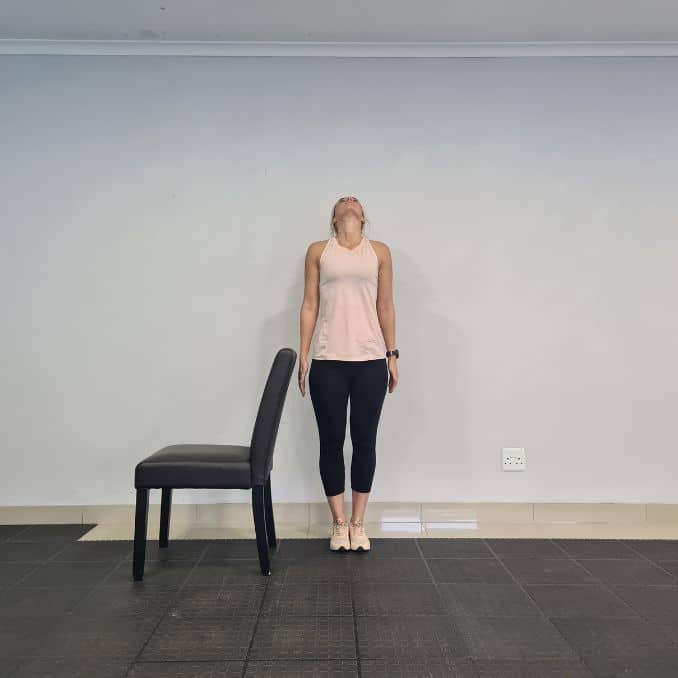 |
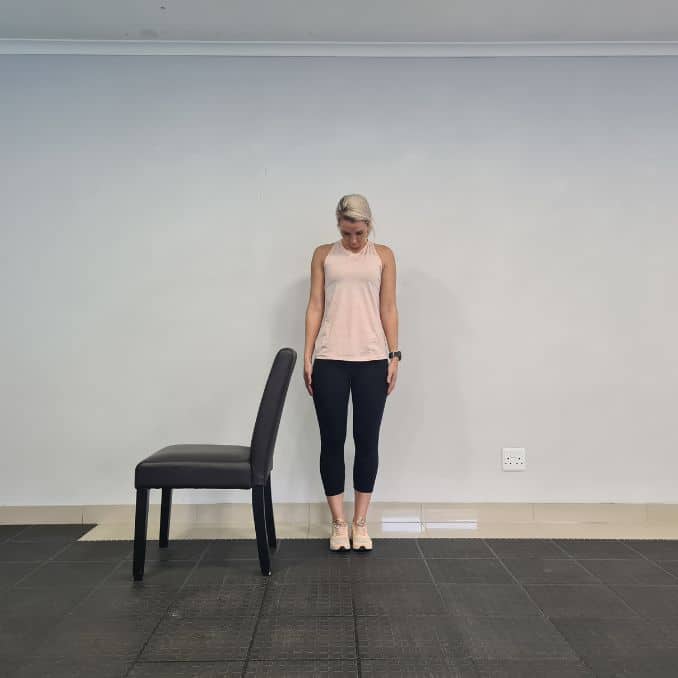 |
B. Standing sway exercises
- Forward-to-back exercise:
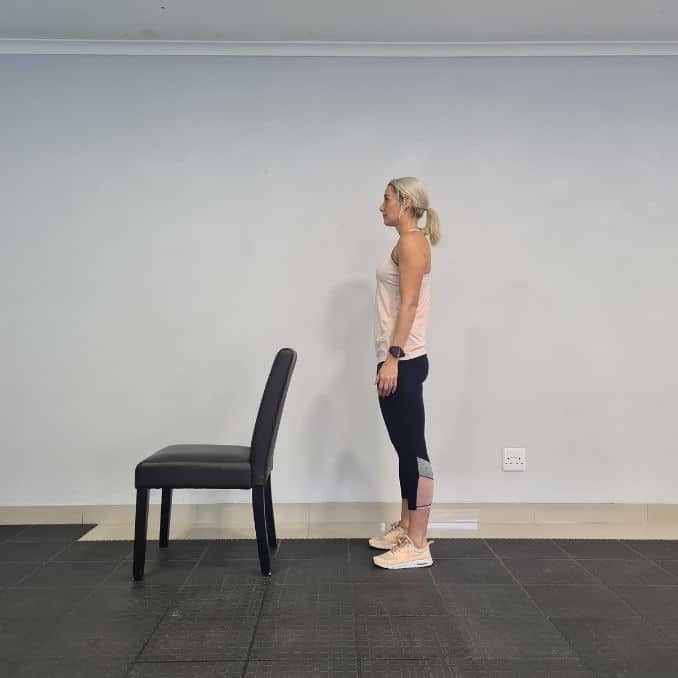 |
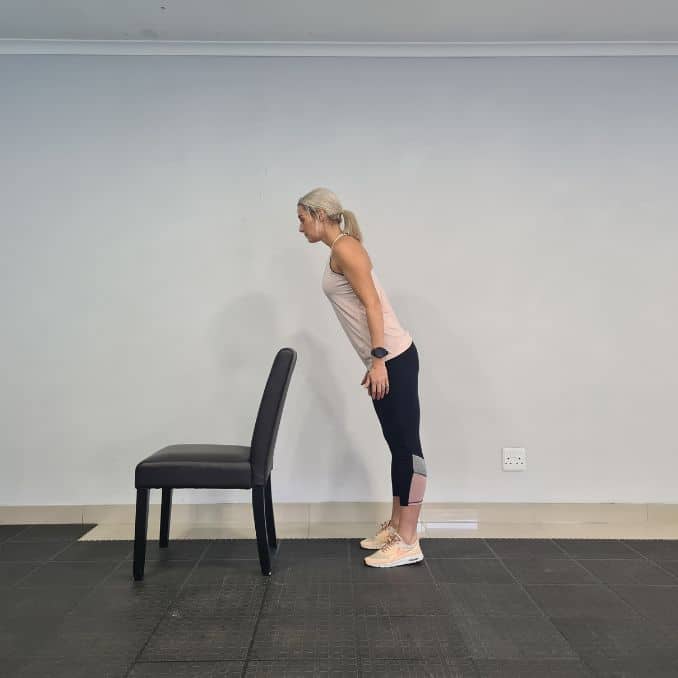 |
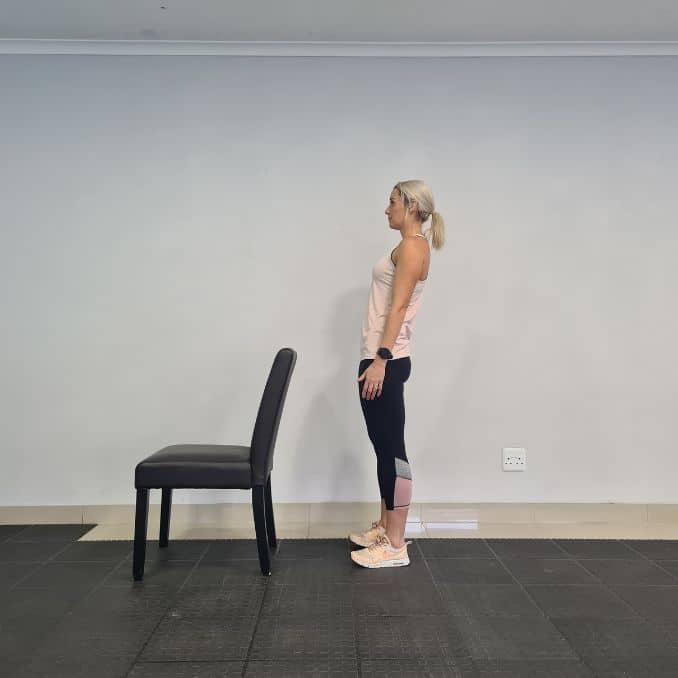 |
Do this exercise twice a day. Try to progress to doing this 30 times and then with your eyes closed.
- Stand with a chair in front of you and a wall behind you. If you begin to fall, you may use them for support.
- Stand with your feet shoulder-width apart and your arms at your side.
- Gently sway (lean) forward and then backward so that your weight shifts to your toes and then to your heels. Do not lift your toes or heels. Be sure that your shoulders and hips move together. Do not bend your hips.
- Slowly increase how far you can sway forward and backward without taking a step.
- Do the toe-to-heel sway 20 times.
- Right-to-left exercise:
 |
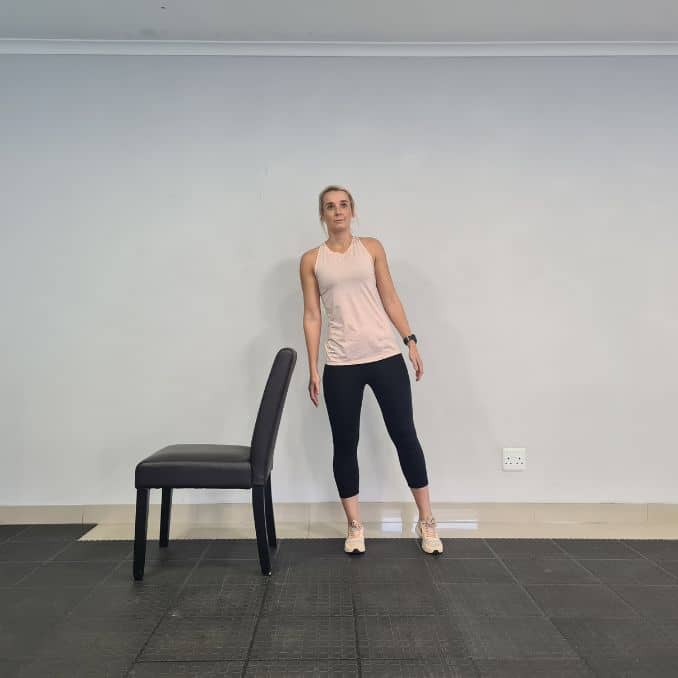 |
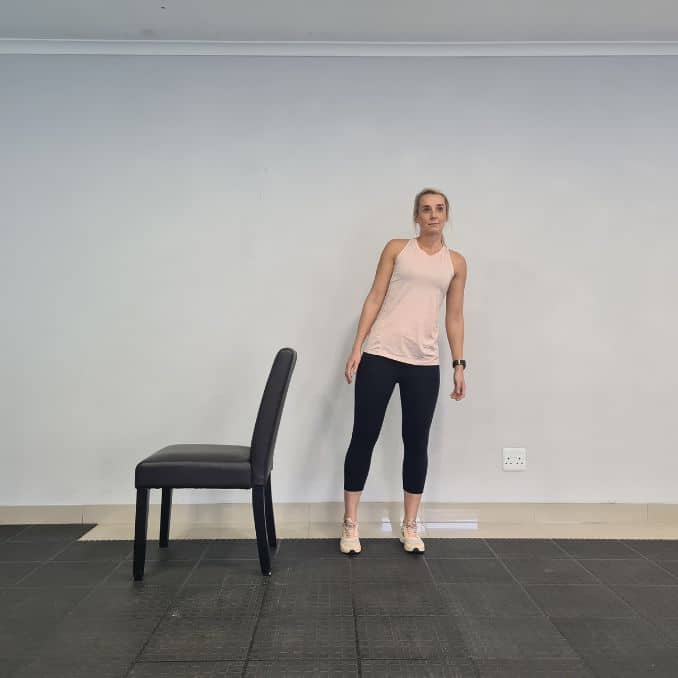 |
Do this exercise twice a day. Try to progress to doing this 30 times and then with your eyes closed.
- Stand with a chair in front of you and a wall behind you. If you begin to fall, you may use them for support.
- Stand with your feet shoulder-width apart and your arms at your side.
- Gently sway (lean) to the right and left so that your weight shifts from your right foot to your left foot. Do not lift your toes or heels. Be sure that your shoulders and hips move together. Do not bend your hips.
- Slowly increase how far you can sway right and left without taking a step.
- Do the right-to-left sway 20 times.
C. Marching in place
- Stand with a chair in front of you and a wall behind you. If you begin to fall, you may use them for support. Standing in a corner will also work.
- Stand with your feet slightly apart (as you normally stand) and your arms at your side.
- March in place, lifting your knees high toward the ceiling.
- Do this 20 times.
- Do this exercise twice a day. Try to progress to doing this 30 times and then with your eyes closed.
3. Level 2 Vertigo Balance Exercises
Improve balance for vertigo and reduce vertigo symptoms. As you do them, start out slowly and gradually try to do the exercise for a longer time or more repetitions.
A. Turning in place
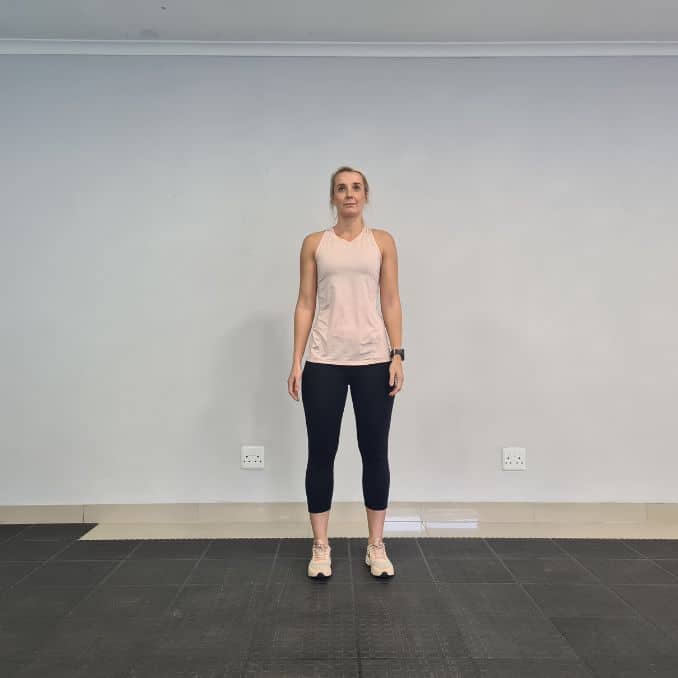 |
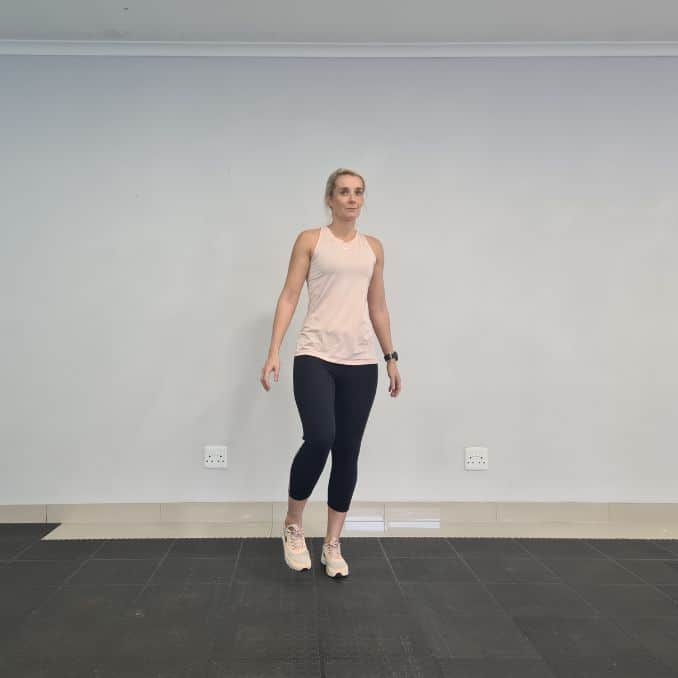 |
 |
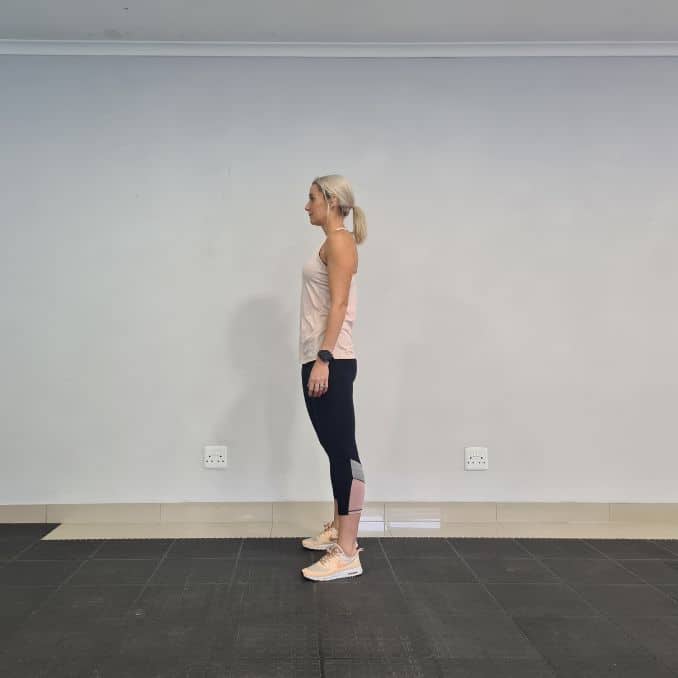 |
- Stand with a chair in front of you and a wall behind you. If you begin to fall, you may use them for support.
- Stand with your feet slightly apart (as you normally stand) and your arms at your side.
- Turn one half-circle (180 degrees).
- Stop for 10 seconds or, if you feel dizzy until the dizziness disappears.
- Do this 5 times. The first time you do this exercise, turn to the right, and the second time, turn to the left. Which makes you dizzier? Then concentrate on turning in the direction that makes you feel dizzier.
- Do this exercise twice a day. Try to progress to being able to turn a full circle with your eyes shut.
- When it is easy for you to do this exercise, try doing it away from the wall. You can also do the exercise on a mat or other soft surfaces.
B. Head movements while standing
- Move your head up and down 10 times.
- Move your head side to side 10 times
- Move your head diagonally up and down 10 times.
- Move your head diagonally up and down 10 times on the other side.
Takeaway
Vertigo can be caused by many factors, including infections, migraines, injuries, and several other health conditions, such as Ménière’s disease or benign paroxysmal positional vertigo (BPPV).
Treating the underlying cause of your vertigo is the most effective way to decrease discomfort and provide long-term relief. There are also many home medications, remedies, and exercises that may be beneficial.
If you experience vertigo, it’s best to talk with a doctor to determine the cause and find a treatment plan that works for you.

